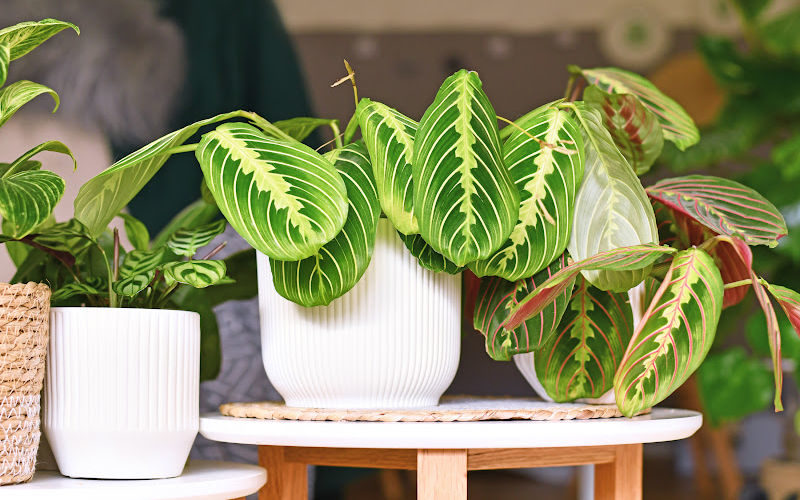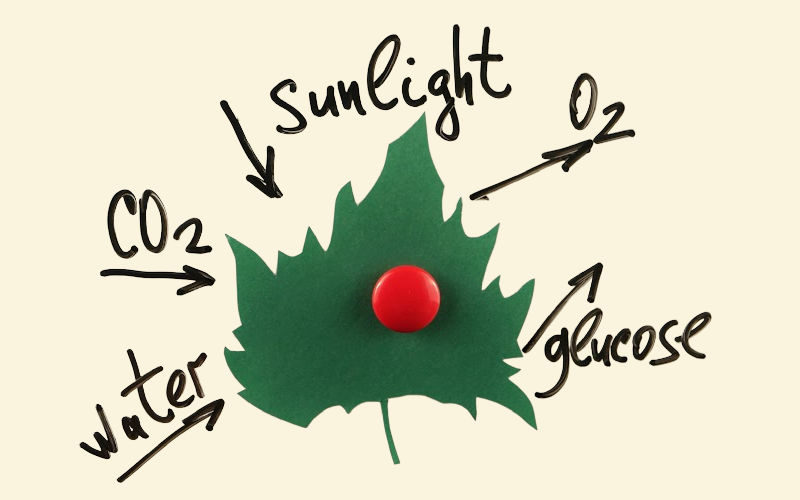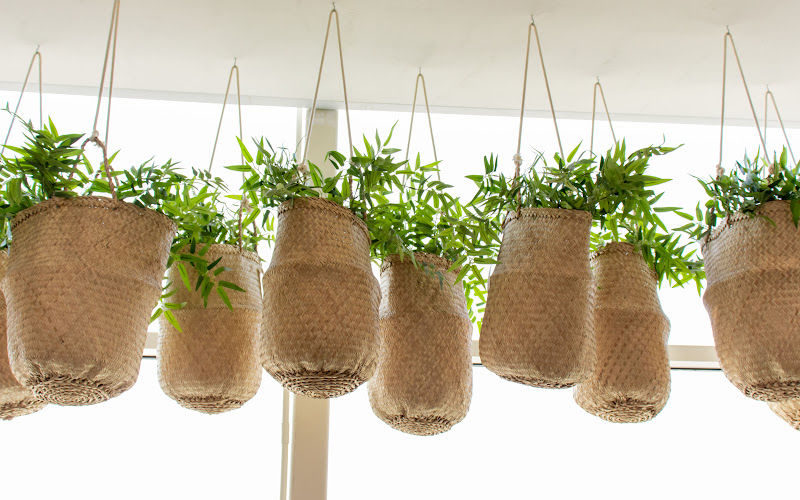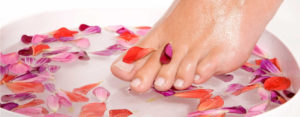how to use light to grow healthy indoor plants

Consider yourself a houseplant whiz? Then here’s a mini pop-quiz for you:
What are the two most essential elements that a houseplant cannot live without?
If you guessed water and light, then you’re correct!
Tons of plants are able to survive for some period of time in bad quality soil without fertilizer, but you’ll be hard-pressed to find any plant that can thrive without water and light.
Today, we’re going to be taking an in-depth look at a plant’s relationship with natural light. Understanding this growth process is key to becoming a great gardener and house plant expert. Without further ado, let’s dive right into the nitty-gritty biology.
The Biology

Ever heard of the term photosynthesis? If you forgot about it since high school biology class, then here’s a refresher. This process is where plants absorb sunlight through the chloroplast cells within their leaves and transform that light into energy.
In general, the less light there is in an environment, the more chloroplasts a plant will line up to catch as much light as possible. That nifty process is called acclimatization, which is what a lot of your shade-fanatic plants like to do.
By understanding this fundamental aspect of plant growth, you can then use the power of sunlight to your advantage by identifying the best plant positions. It may also help preventing some of the houseplant leaves from turning brown.
Ideal Plant Positions

Because your houseplants are grown indoors, it’s harder for them to get the right amount of light. After all, light streaming in through a window isn’t nearly going to be as effective as the intensity of light from outside. Plus, the further your plant is from the window, the less of that precious light it’s going to receive.
That’s why it’s especially important to pay attention to the small little tricks you can implement to maximize the amount of natural light your plants get. One of the best ways to do so is to know which windows to place your greens in front of. You can place them on shelves close to the window or make simple hanging planters to hang them right by the windows. This is a great option if you’re creating a indoor garden in a small living space.
- North-oriented windows. These windows receive the weakest light intensity, so you might want to avoid placing any plants here. Often, they’ll stay in the shade throughout the year so if you want to space any plants there, it’s better to have the shade-loving ones up for the job.
- South-oriented windows. Because the sun travels in an east-to-west path that veers slightly south, these windows will always receive a nice and strong intensity of light.
- East-oriented windows. As you might know, the sun rises in the east! By placing your plants near these windows, they’ll enjoy a lot of morning sunlight. If they don’t need too much light, then they’re best suited for the east side.
- West-oriented windows. The sun will set in the west, so any plants placed here will receive the full intensity of light that the afternoon and evening will bring — especially during the summer. They are a little less intense than the south, so if your plants love sun but not that much, they belong to the west.
Personally, I prefer grouping indoor plants based on how much sunlight and water they need each day. This helps to set up dedicated window areas for some plants that require full day of sunlight. It also helps me in keeping a few of toxic houseplants for dogs away from our baby pug.








